Samsung NX1000 review
The new Samsung NX1000 is the lightest compact system camera around

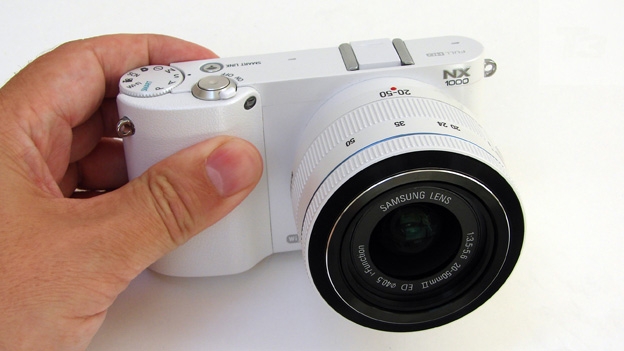
-
+
Ease of use
-
+
Relatively inexpensive
-
+
Wireless connectivity
-
-
Build feels a little toy-like
-
-
Occasional soft shots
Why you can trust T3


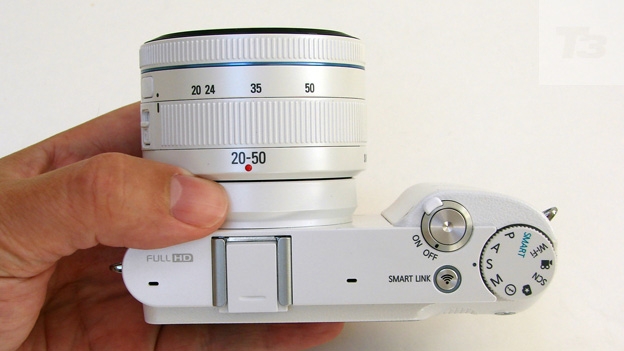
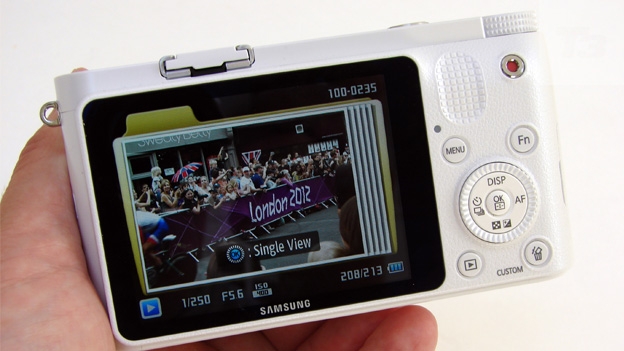

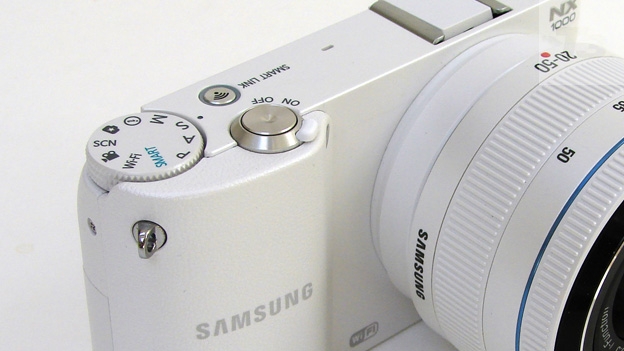

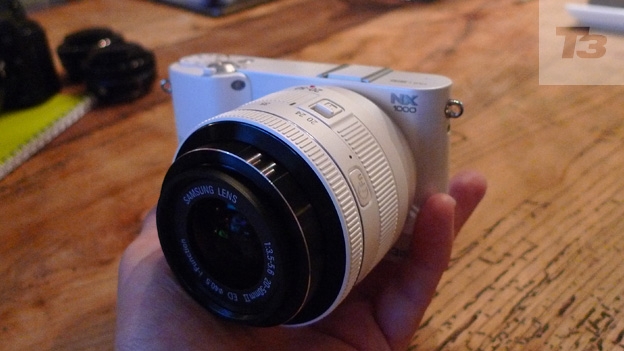
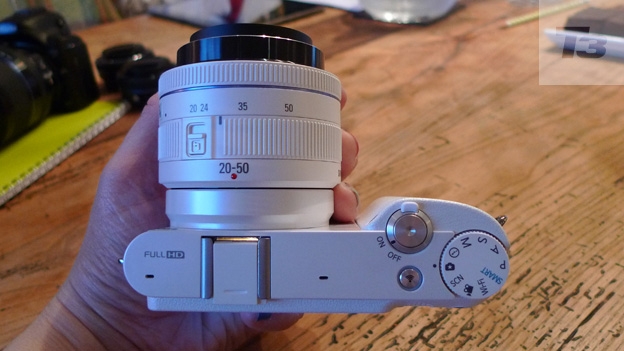

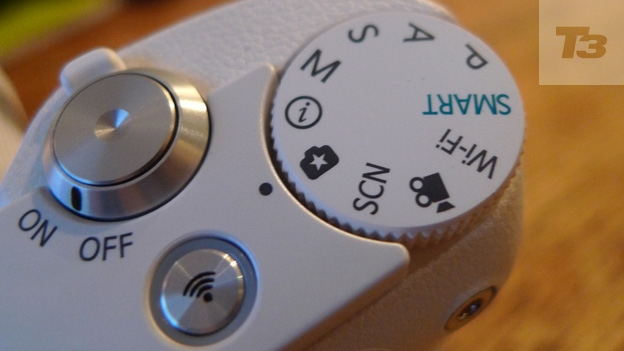
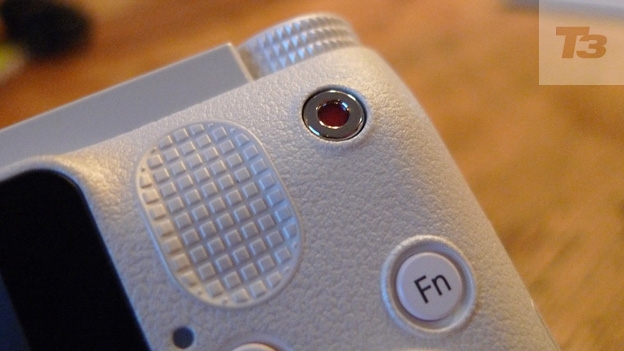

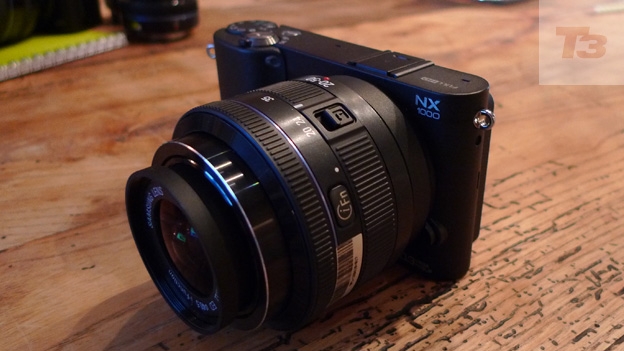


You wait all day for a wireless interchangeable lens camera and then three arrive at once. The Samsung NX1000 is the entry model in the brand's 'NX' trio that includes the costlier Samsung NX20 and NX210 models.
All three feature the same 20.3 megapixel APS-C sized sensor – of the same size and resolution as those found in full-blown digital SLRs – plus, and this is where the uniqueness lies, Wi-Fi connectivity.
Yes, we've been offered wireless transfer on the occasional pocket point-and-shoot, and then on a pro-end DSLR if buying an additional module, but these are the most 'serious' consumer cameras to feature that function built-in. The NX1000 may be the baby of the range, but it has grown up pretensions.
For example the only other compact system camera to feature such a large physical size and resolution is the previously peerless Sony NEX-7, and that tops its enthusiast range at £1,000 body only.
By contrast this Samsung can be picked for a less wince-inducing £599.99 as a kit that includes the modest (in terms of its 3x range) 20-50mm iFunction zoom. The lens is notable in that key camera settings can be controlled by pressing a button on the lens itself, instead of drilling down into menu screens.
The arctic white finish to our review sample of the NX1000 can look attractive in certain lights and a bit plastic-y in others. The body certainly feels very light and insubstantial when held in the palm, and it's not until the lens is attached that it resembles anything approaching a heavyweight proposition.
The narrow flat appearance of the body appears inspired by the Sony NEX series, but the Samsung has a more futuristic feel: if Star Wars' R2-D2 owned a camera it would resemble the NX1000, so you can imagine the manufacturer has 20 to 30-somethings in its sights.
Samsung NX1000: Controls
Apart from the aforementioned iFunction lens that screws on to the Samsung's vacant NX mount, the NX1000 is reasonably conventional and so quick to get to grips with. In a nod to a DSLR, the on/off control takes the form of a lever surrounding the shutter release button, so flicking the camera on and taking the first shot is a relatively seamless and painless process.
Set into and level with the top plate is a large and obvious shooting mode dial, presenting 10 options. These range from the point and shoot scene and subject recognising 'smart' auto mode, to 'proper' photographic control courtesy of program, shutter priority, aperture priority and manual settings.
The iFunction lens is also given its own mode on the same dial; turn to this setting, hold down the 'iFn' button on the lens and, with a spin of the lens focus ring, users can scroll through the various scene modes and digital effects.
Get all the latest news, reviews, deals and buying guides on gorgeous tech, home and active products from the T3 experts
While not something we've ever felt crucially necessary, it's another feature that sets the Samsung range apart, as does the dedicated 'Smart Link' button atop the camera that is designed to sync the NX1000 up with a smartphone.
What's most obviously missing from this 'everything but the kitchen' sink approach to the camera's feature set is a built-in GPS module.
But we do get a dedicated video record button for 1920x1080 pixels Full HD clips with stereo sound at a smooth frame rate of 30fps, even though both it and the rest of the buttons on the camera back are so tiny as to require a precise thumbnail press to operate. Surely there was room to make them bigger.
Samsung NX1000: Screen
The NX1000 offers the fixed, standard 4:3 ratio 3-inch LCD screen at the back for both composing and reviewing shots, as opposed to the contrast-boosting AMOLED screens seen on other Samsungs recently, including the NX210 and NX20 models higher up the range.
This, along with the overall slightly plastic-y feel, can again be put down to lower price. However we found the semi-pro style 920,000-dot resolution screen perfectly legible and didn't have a problem being able to see well enough to line up shots even in bright sunlight.
An angle adjustable screen would have been more helpful still perhaps, but again you'll have to cast your attention to the more obviously DSLR-styled NX20 model for that.
Samsung NX1000: Battery
The Samsung NX1000 is supplied with a BP1030 lithium ion rechargeable battery and a standalone mains charger and plug straight out of the box, so if you did want to buy a spare battery to have charging while you use the other in the camera itself you can. With a charging period of 140 minutes required, the choice of shooting up to 320 photos or 160 minutes of top resolution, maximum frame rate video is yours. While nothing ground breaking this is respectable for the camera's class.
Samsung NX1000: Image quality
For action fans the NX1000 can shoot a near machine gun-like 8fps in continuous mode, though having a play with the camera at the recent Olympic cycling time trials we really missed some form of pre-emptive, pre-capture technology whereby the camera starts shooting as soon as you half press the shutter release and only 'commits' to the most recent of images when the shutter is fully pressed.
The camera works better then in single shot mode, where the user can take their time; however it is quick to find a subject and determine focus even in smart auto mode, green AF point/s appearing on screen to tell us so with a beep of affirmation.
The supplied zoom whilst useful doesn't offer much versatility in terms of its range and close up portraits worked best for us; luckily there are currently an additional eight lenses to choose from in the NX family.
To our eyes the NX1000's still images and their colour tones didn't quite pop and leap off the screen like those from the Sony NEX-7 at nearly twice the price, but for most wanting to step up from an ordinary point and shoot results will be a distinct improvement in terms of detail and creative scope.
As there is no anti shake built into the camera body, we did notice a few instances of camera shake and image blur that would be avoided in using a heavier bulkier DSLR or sturdier CSC, and also loss of detail in the highlights.
Shooting video is however quick and responsive and in many ways because of the bigger chip if not numerically superior resolution, plus physically bigger lens offered by the NX1000 when compared to your average snapshot model, it is video that feels the real success on this camera. Overall then, the Samsung is better than a point and shoot camera but not quite a match for an actual DSLR.
Samsung NX1000: Verdict
The 20.3 megapixel sensor incorporating Samsung NX1000 presents itself as the ideal step up camera for someone wanting a more future proofed device capable of taking better pictures than their present point-and-shoot camera or smartphone allows.
As someone with vested interests in the latter market however, this feels like Samsung's attempt in part to bring cameras and phones together via its smart link feature rather than engage them in battle as most other camera manufacturers are doing.
Viewed as a standalone camera, outwardly the NX1000 may feel a bit insubstantial but if you've been waiting to buy a compact system model until the resolution rose above the usual 12 or 16 megapixels, then the NX1000 offers an affordable route to a high pixel count and is one of a handful offering a similar sized chip to a DSLR. Unusual features at this level such as Wi-Fi may prove the icing on the cake that tempts you to 'bite'.
Samsung NX1000 availability: Available now
Samsung NX1000 price: £599.99 with 20-50mm lens

Gavin Stoker has been writing about photography and technology for the past 20 years. He currently edits the trade magazine British Photographic Industry News - BPI News for short - which is a member of TIPA, the international Technical Imaging Press Association.